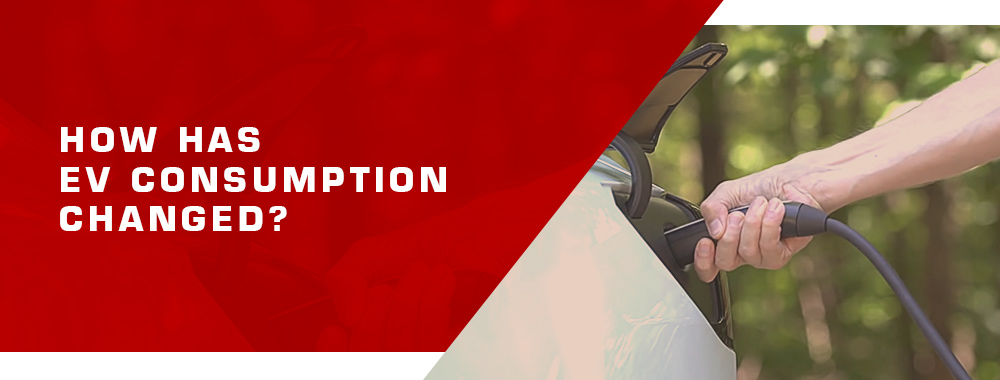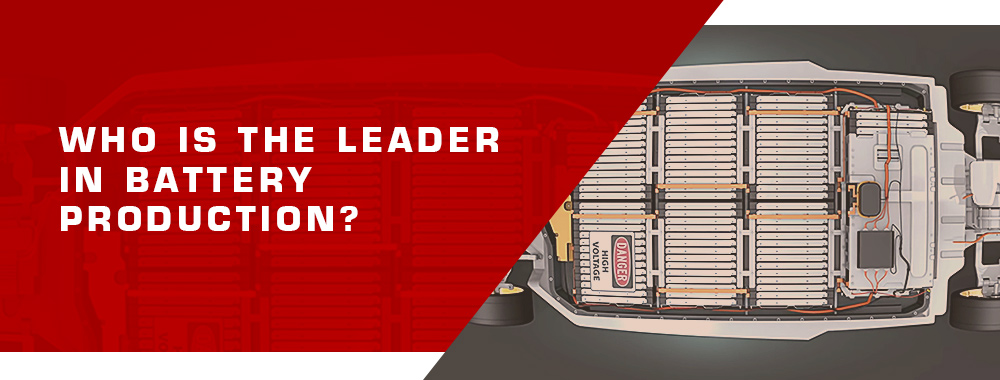Production of traction batteries for electric cars more than doubled this year
Last year and the beginning of this year were remembered by connoisseurs of the automobile market as a series of statements by automakers and the authorities of individual countries regarding the timing of the abandonment of cars with internal combustion engines. The market players’ confidence in the advantages of electric cars and the inevitability of the transition to electric power boosted the demand for traction batteries for electric cars. In the first four months of the year, the market more than doubled.

Bloomberg [A] quotes SNE Research as providing the relevant statistics. While from January to April of last year, the entire global industry produced traction batteries with a total capacity of 26.8 GWh; during the same period this year, 65.9 GWh of batteries in equivalent capacity were already produced. This is almost two and a half times more than just one year ago.

If at the beginning of last year, the Chinese company CATL was behind LG Energy Solution and Panasonic in battery production. By April of this year, CATL’s output had quadrupled, putting it in first place and well ahead of its competitors. CATL released 21.4 GWh of cumulative Li-Ion battery capacity from January to April, gaining an impressive 32.5% market share. LG Energy Solution is in second place with 21.5% of the market, and Panasonic remains in third place with 14.7%.
According to BloombergNEF, back in 2019 CATL received only 4% of its revenue from exports, but in 2020 this share rose to 16%. Another Chinese battery manufacturer, BYD, ranks fourth in the April ranking with 6.9% of the market. The fifth and sixth places are occupied by Samsung SDI (5.4%) and SK Innovation (5.1%), but positions seven through nine are occupied by Chinese manufacturers. Their progress is ensured by the development of China’s domestic electric car market, although they are increasingly turning to foreign consumers. According to Canalys, this year alone, sales of electric cars in China will grow by 50%.
The Nissan Leaf is a great electric car that has an average range of around 100 miles. This makes it perfect for most people’s daily commutes and errands, but if you’re someone who likes to take road trips or drive in rural areas without charging stations available, then this might not be the best option for you. If we’ve managed to convince you otherwise and you want more information about how to charge your electric vehicle at home (or elsewhere), check out our article on different Nissan Leaf EV chargers.
What is South Korea’s position in the production of Li-Ion batteries?
South Korean suppliers are traditionally considered reliable manufacturers of high-quality and safe batteries. These suppliers are now quite successful. LG Energy Solution and SK Innovation have more than doubled their production volumes, while Samsung SDI limited its growth to 88%. This was facilitated by the growth in demand for electric cars in Europe since many electric cars sold there are equipped with batteries of Korean brands.
CATL’s dominance in the EV battery market is impressive. Their partnerships with major automakers like Tesla and BMW are a testament to their quality. However, the market seems overly reliant on a few key players. Could this lead to supply bottlenecks?
You raise a good point. The concentration in the EV battery market does pose a risk for supply chain disruptions. Diversification and localizing battery production might be crucial in the coming years.
I’m a Tesla owner and have been really impressed with the battery performance. I believe Panasonic contributes significantly to this. It’s amazing how far we’ve come in battery technology, but do you think we’re too dependent on these large suppliers?
Tesla’s choice of Panasonic shows the importance of reliable suppliers. However, I agree that over-reliance on a few major players could be risky. More competition and innovation in the sector would be beneficial.
As an owner of a Ford EV, I’m intrigued by BYD’s involvement in the battery supply. Their expansion beyond China is noteworthy. Do you think BYD will become a more dominant player globally?
BYD is definitely one to watch. Their growth in China is a good indicator of their potential global impact. They might challenge the current leaders if they continue to expand and innovate.
LG Energy Solution’s focus on safety and quality is a big win for the EV market. But I’m concerned about the environmental impact of mining the materials for these batteries. Are these companies doing enough in terms of sustainability?
That’s a valid concern. The environmental impact of battery production is significant. Some companies are making efforts towards more sustainable practices, but there’s a long way to go.
SK Innovation’s high-performance batteries are promising, especially for newer EV models. Do you think advancements in battery tech will eventually lead to more affordable EVs?
I hope so. Battery costs are a big part of an EV’s price. More advanced and efficient batteries could definitely make EVs more accessible price-wise.
How do these top battery suppliers stack up in terms of recycling and end-of-life management? With the EV boom, we’re going to have a lot of used batteries in the future.
This is an important issue. Some companies are investing in recycling programs, but it’s still a developing field. Effective battery recycling will be crucial for sustainable EV growth.
Just getting into the world of EVs and amazed at how crucial batteries are. Do you think we’ll see new players emerge in this market, or will these top suppliers continue to lead?
The market is ripe for disruption, so new players could definitely emerge, especially with advancements in battery technology. However, these top suppliers have a strong foothold and aren’t likely to give up their lead easily.
With companies like Samsung SDI also in the mix, the competition in the EV battery sector seems intense. Do you think this will drive faster innovation or lead to a price war in the market?
Competition usually spurs innovation, which is good for consumers. A price war might happen in the short term, but long-term, it’s all about who can deliver the best mix of quality, safety, and performance.
Driving an EV has changed my perspective on energy use. I’m curious if any of these battery suppliers are exploring alternative, more sustainable materials for future batteries.
Some companies are researching alternatives to traditional lithium-ion batteries, like solid-state batteries, which could be more sustainable and efficient. It’s an exciting area to watch in the EV industry.